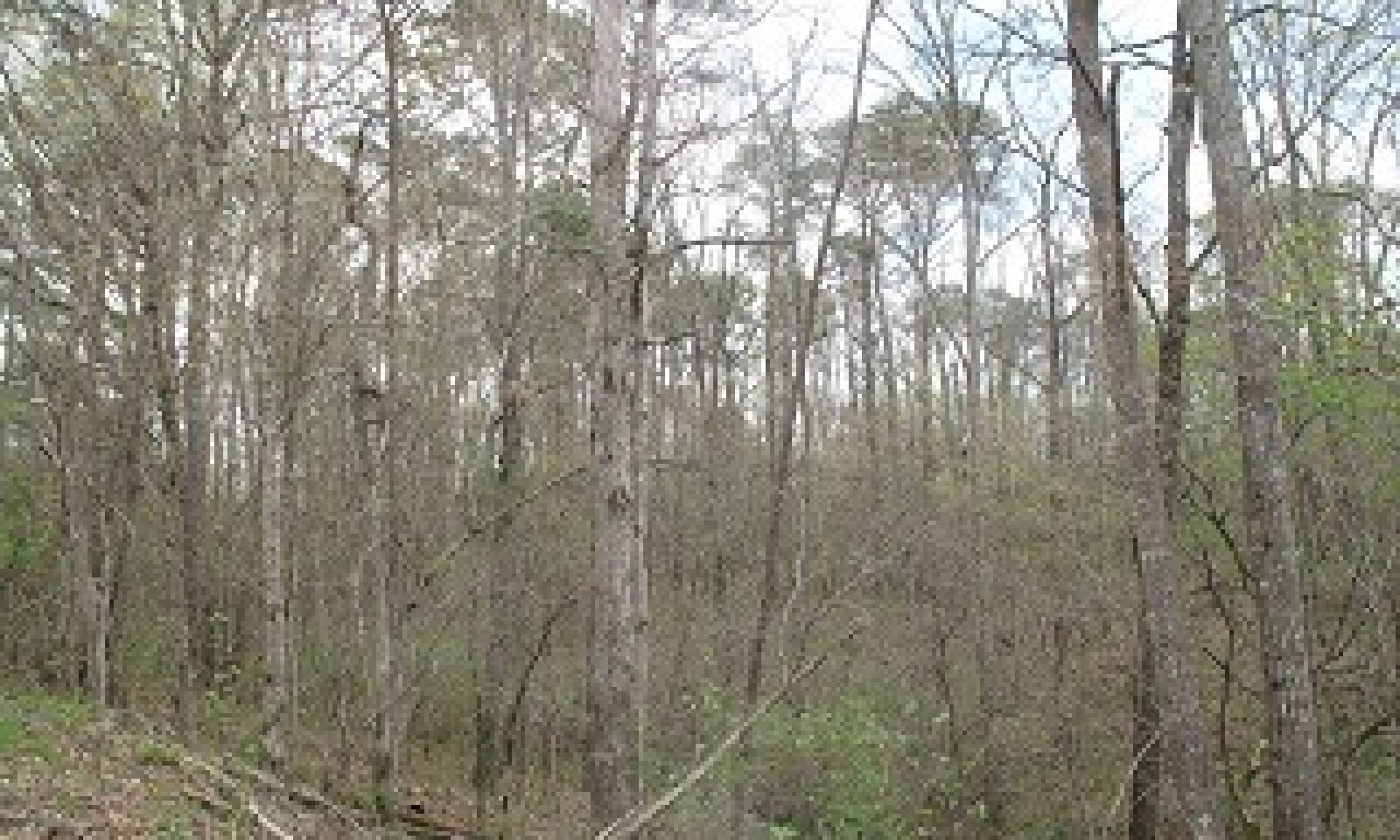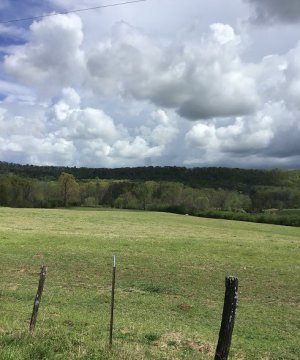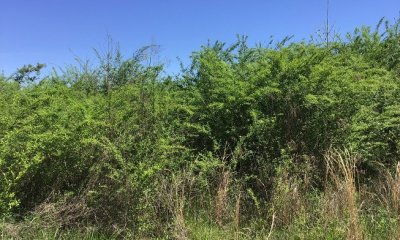
Sandstone Ridge
Scenario model
Current ecosystem state
Select a state
Management practices/drivers
Select a transition or restoration pathway
- Transition T1A More details
- Transition T1B More details
- Restoration pathway R2A More details
- Transition T2A More details
- Restoration pathway R3A More details
- Restoration pathway R3B More details
-
No transition or restoration pathway between the selected states has been described
Target ecosystem state
Select a state
Description
Mixed hardwoods and some pines (loblolly, shortleaf and Virginia) occur on this site where it has not been cleared for pasture or crops. When cleared and abandoned, typically pines will colonize. Many of these stands have been logged or disturbed in the past. There is no way to determine true reference conditions so this should be considered a naturalized state.
Description
Managed pasture for a variety of livestock is a typical land-use on this site.
Description
Invasive non-native plants are problematic on this site and can colonize to the point of preventing natural regeneration from occurring. Any management recommendation for naturalized stands should consider exotic pest plants as a hazard. Privet was the most commonly noted species.
Description
A variety of crops are grown on this site. For the purposes of this model, no detail will be provided because they are diverse and would have very different management approaches. Crops grown on this site include cotton, corn, oats, sorghum, cowpeas, soybeans, sweet potatoes, Irish potatoes, hay, orchards, and vegetables.
Mechanism
Forest clearing, herbicide application where needed and establishment of pasture plants.
Mechanism
Invasion by non-native pest plants.
Mechanism
Abandonment. Weed control and tree planting where needed. Often sites will naturally succeed to pine forests and then give way to mixed hardwood and pine stands.
Mechanism
Invasion of non-native pest plants post agricultural abandonment.
Mechanism
Control of non-native pest plants. Practices are numerous and variable. Likely more than one approach will be necessary and often more than one treatment over time. Recommendations should be localized in nature.
Model keys
Briefcase
Add ecological sites and Major Land Resource Areas to your briefcase by clicking on the briefcase (![]() ) icon wherever it occurs. Drag and drop items to reorder. Cookies are used to store briefcase items between browsing sessions. Because of this, the number of items that can be added to your briefcase is limited, and briefcase items added on one device and browser cannot be accessed from another device or browser. Users who do not wish to place cookies on their devices should not use the briefcase tool. Briefcase cookies serve no other purpose than described here and are deleted whenever browsing history is cleared.
) icon wherever it occurs. Drag and drop items to reorder. Cookies are used to store briefcase items between browsing sessions. Because of this, the number of items that can be added to your briefcase is limited, and briefcase items added on one device and browser cannot be accessed from another device or browser. Users who do not wish to place cookies on their devices should not use the briefcase tool. Briefcase cookies serve no other purpose than described here and are deleted whenever browsing history is cleared.
Ecological sites
Major Land Resource Areas
The Ecosystem Dynamics Interpretive Tool is an information system framework developed by the USDA-ARS Jornada Experimental Range, USDA Natural Resources Conservation Service, and New Mexico State University.






